If I can do this, YOU can do this.
I've lived in, rented, or owned several homes in my 20+ years of adulthood, and in almost every place that I've hung my hat, I've had some sort of home security system installed. Often these came about due to some door-to-door salesperson promising a great deal, with installation included. Installation included? Hallelujah! Because I sure as heck couldn't have installed those systems by myself, with all of their complex wiring and assembly. Thankfully for folks like me, those days are no more. Enter LifeShield, a home security system provider offering do-it-yourself security kits that... and this is revolutionary... you can actually do yourself!
LifeShield is an ADT company (yes, that ADT), so you know that it has the support of one of the industry's most respected and trusted brands. The company began in 2002 as InGrid Home Security, and then the name was later changed to LifeShield Security. They specialize in simple home security kits that you can put together with or without expert help, and they also offer system monitoring via competitive monthly and annual plans.
I was sent one of their more popular kits to review, the 11-piece home security kit which retails for $200 (though you can build your own kit for less, or much, much more, depending on the size and needs of your home).
The kit I received comes equipped with the following:
- Power supply
- Keypad
- Keyfob
- Fire safety sensor
- Indoor camera
- Base station
- Security touchpad (which was an Asus Memo Pad 7" tablet)
- LifeShield Broadband QSG
- Slim Door and Window Sensors
- Keypad/repeater power supply
- Motion sensors
- Window stickers
- Yard sign
Now that we know what we're working with here, let's see how the LifeShield Security System worked out in my simple suburban home.
Protect yourself
LifeShield 11-Piece Security System
Bottom Line The LifeShield Security System is a do-it-yourself home security package that is affordable and convenient to set up. Competitive monitoring plans are available, and you can use Alexa and other smart services to control the system, but deeper integrations for routines and Alexa Guard would be welcomed in future updates.
Pros
- Anyone can install
- Numerous ways to control device
- Multiple redundancies for power
- Can customize size/scope to suit your home
- Control via Alexa and other smart protocols
Cons
- Alexa integration could be deeper with better routines and Alexa Guard support
- Disarming via Alexa is a possible security risk
LifeShield Security System What I like
Let's start at the beginning here... the first thing I noticed about the LifeShield Security System and an indicator of just how simple it would be to set up was its packaging (see above). The entire kit comes in a tight and tidy blue box, about the size of a microwave oven. Once you open that up, each set of components is packaged in a smaller box (kind of like Russian nesting dolls), and they are labeled in sections, almost like a Lego set. The entire package weighed less than 15 pounds, so it was easy to bring it in off of the front porch and start assembling the pieces.
Speaking of that assembly, I was astonished at how easy it was to set up the system. LifeShield included a very detailed, but easy to follow, step-by-step guide, and there were also video tutorials for each step of the process in the LifeShield online portal (as well as on their YouTube channel). I'm that one tech reviewer who would hire someone to come hang up my TV or install a Ring doorbell, so this simplicity was much appreciated!
I am NOT handy, and even I could put this system together.
The only hangup I had during the installation process was when the base station/receiver was trying to "phone home" to LifeShield... for some reason it didn't want to connect initially to my home WiFi, but once I plugged it directly into the router it was able to connect, and I got the process rolling from there.
The first thing you'll want to do is to register your system on LifeShield's website and create an account. From there, you can start connecting and mounting the various sensors and devices until they are in a place where you want them. Thankfully, LifeShield gives you a seven-day "practice mode" where you can test the system, trip the alarm, and in general, get you and your family used to things before they begin actively monitoring your home.
There are two LifeShield Alexa Skills in the Alexa app, but for the purposes of setting up this system, the one you want to download is called LifeShield Security. The other skill is called LifeShield Smart Home and is intended to help you control other LifeShield-enabled or connected devices like smart lights through Alexa. Once you enable the LifeShield Security Alexa Skill, you will connect your LifeShield account to Alexa, grant the necessary permissions, and then you are ready to control the system with Alexa. You are able to directly ask Alexa to do things like arm or disarm your system using specific voice commands, but alas, you cannot yet create more complicated Alexa Routines or connect the system to Alexa's Guard service. More on this later.
The LifeShield system is compatible with Alexa, as well as the Google Assistant, the Z-Wave Plus protocol, and it can be connected to various other services and platforms via If This, Then That (IFTTT). Through IFTTT, you can connect services and devices from Blink, Ecobee, Sonos, Honeywell, Nest, August Lock, Ring, Arlo, and more.
LifeShield built in several layers of redundancy with this system, starting with the way you can control, arm, and disarm it. As you can see from the images above, the kit comes with a touchpad control device (in this case, an Asus tablet), a remote control key fob, and a physical keypad. You can also control your system through the LifeShield app, or through your voice via Alexa.
The system can operate on WiFi, Ethernet, or both, and it also has a cellular backup in the base unit for when your power may be out. You can elect to self-monitor and not subscribe to LifeShield's monitoring service, but you might still need to register your system with local authorities (in my case, I had to get a permit from the city). This is so that they know that you have a legitimate system if they send out police in response to an alarm, and so they know who to penalize in the case of a false alarm that is not properly reported.
Speaking of the LifeShield monitoring plans, I found them to be fairly reasonable, particularly when compared to a few of their competitors. LifeShield also boasts that it has three nationwide monitoring centers that are protected by multiple backup generators and redundant servers.
| Monitoring Plan | LifeShield | ADT | SimpliSafe | Ring |
|---|---|---|---|---|
| Price | $20-$25/month | $37-$58/month | $15-$25/month | $10/month |
| Contract | No | Yes | No | No |
Note that these prices are as of November 2019 and may fluctuate based on the specific setup you choose.
LifeShield Security System What I don't like
For the most part, the LifeShield Security System feels like a good value, but there are a few areas I'd love to see them improve upon in the future.
For starters, I love that they have the backing and support of ADT, but I wish the system had better integration with Alexa. Yes, you can ask your Amazon assistant to do some basic things like arm or disarm your system, but you can't get really granular with Alexa Routines, like having Alexa arm your system to "stay" mode and turn off your lights when you say "Alexa, goodnight."
Additionally, even though their parent company ADT has systems and plans that work with Alexa Guard, the LifeShield system does not. I love the idea of just telling my Echo "Alexa, I'm leaving" and have it immediately arm the system, start monitoring, and sharing that information with the monitors at LifeShield. Perhaps this will come in the future, but it's not available at the moment.
Now that all being said, you CAN actually hack together some basic routines with Alexa. All of the sensors (and camera) are discoverable by Alexa (this happened to me auto-magically), and I was able to see these sensors in the Devices tab of my Alexa app. Once I realized this I quickly figured out that I could create Alexa Routines based on triggers to those sensors. In the image above (right) you'll see an example of a very simple one that I set up in just a few minutes... basically, every time my son goes out the back door he forgets to lock it, so now I have Alexa project loudly from the Living Room Echo "remember to lock the door," and you know what? He does!
Calling out your passcode to get Alexa to disarm your system doesn't feel very safe.
Another thing that I don't love is how cumbersome the phrase to disarm your system with Alexa is. You basically have to call out "Alexa, ask LifeShield to Disarm" and then as part of the command, call out your passcode. Yikes! I live in a stand-alone home and my neighbors couldn't really hear my passcode unless they were standing next to me, but if you are in a more crowded location or apartment, this seems sub-optimal. I get that Alexa needs to validate/verify permission to disarm, but calling the passcode out loud seems just as insecure as not having a passcode at all. My advice is to be careful when/how you do this (like wait until you are inside, with the door closed, and close to Alexa). But honestly, if this is your plan, it's probably just easier to manually enter your code or use the app.
One last point — the beeping noise that alerts you that the system is arming is horrible! I suppose that is the point, but holy wow.
LifeShield Security System Should you take a chance?
If you want to get an affordable security system that is simple to set up, reliable, and backed by an industry leader, then I'd say that it's worth considering the LifeShield Security System. The entire kit can be set up in under an hour (probably less time if you're not me), and the monitoring services are reasonable and not on a set contract. As an Echo user, I appreciate the flexibility of using the system with Alexa (even if there are shortfalls here), but I also like that it works with other smart assistants and protocols as well.
If you do try out the LifeShield system, don't forget to check to see if you need to register with your local authorities. Many municipalities require that you register your security system and/or purchase a permit, regardless of whether or not you opt for professional monitoring services. The good news is that these tend to be not too expensive (mine was $50 for a year; renewable each year).
Shield your home
LifeShield Security System
Anybody can protect their home with this system
The LifeShield Security System is a great option for do-it-yourselfers to protect their homes on the cheap. It also integrates well with Alexa and other smart ecosystems.
from Android Central - Android Forums, News, Reviews, Help and Android Wallpapers https://ift.tt/2OoPId4
via IFTTT
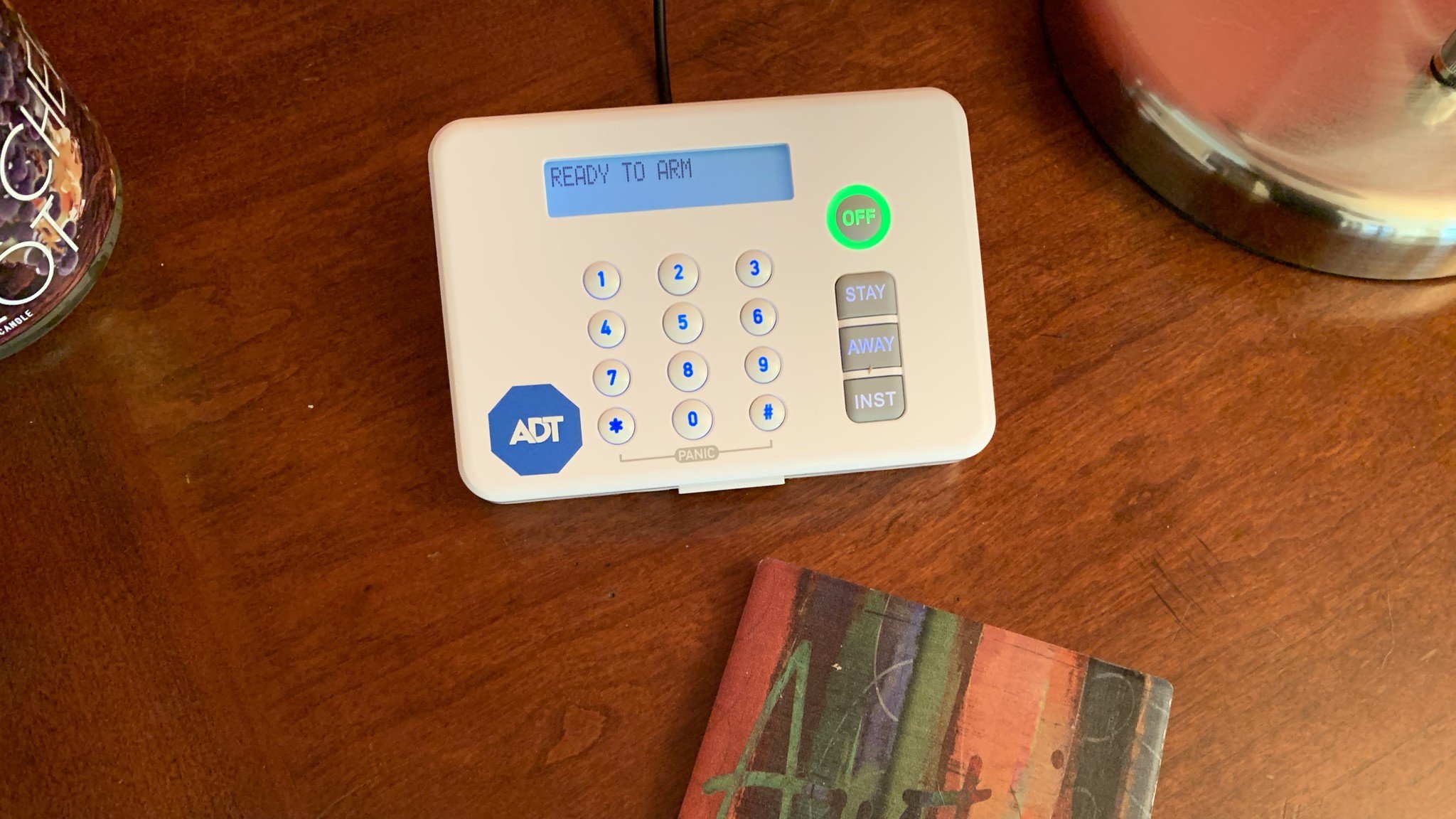
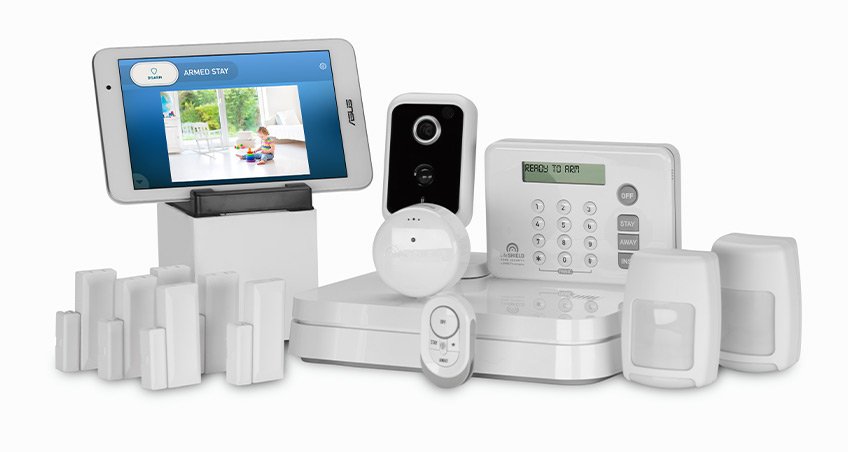
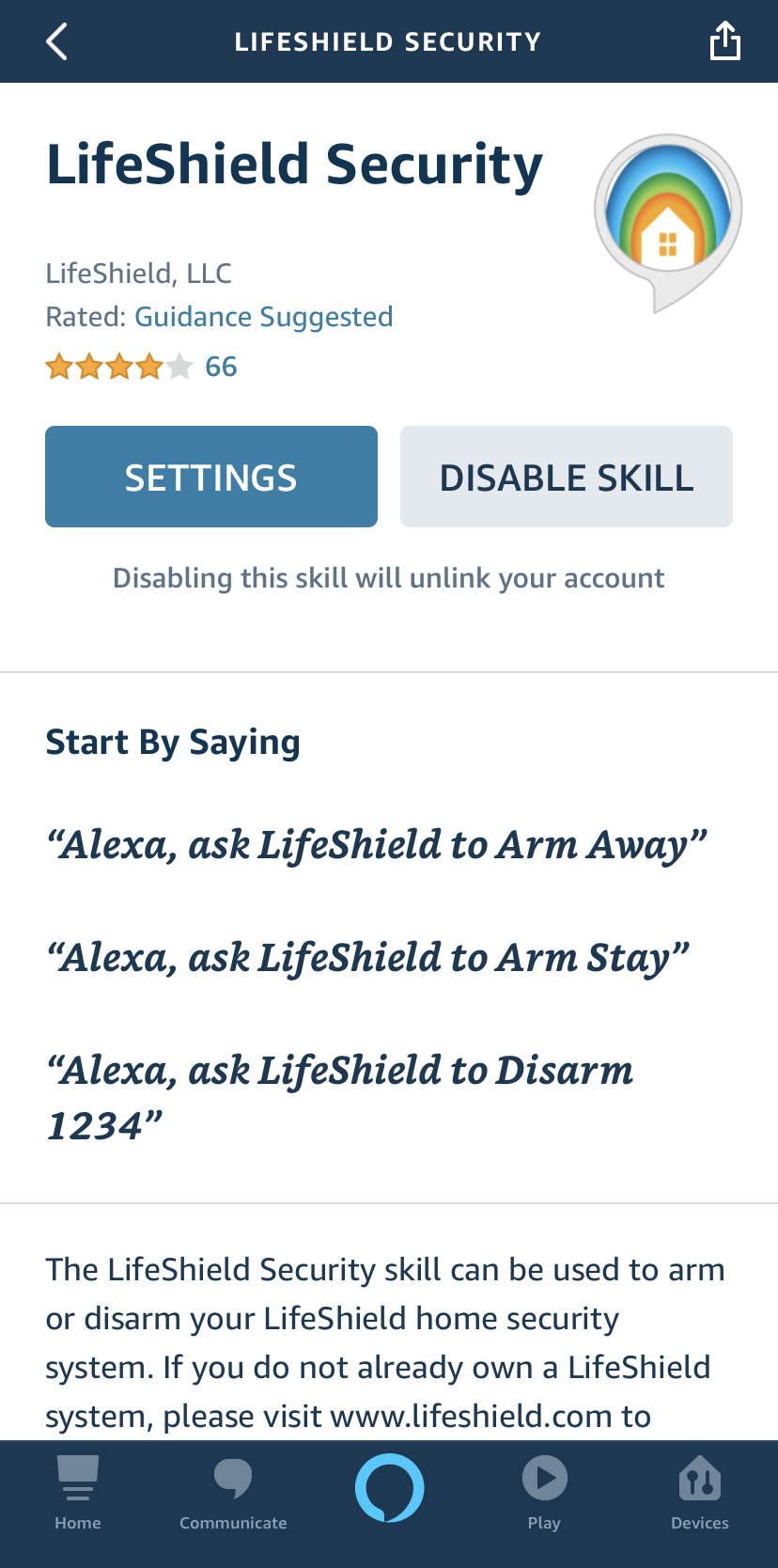
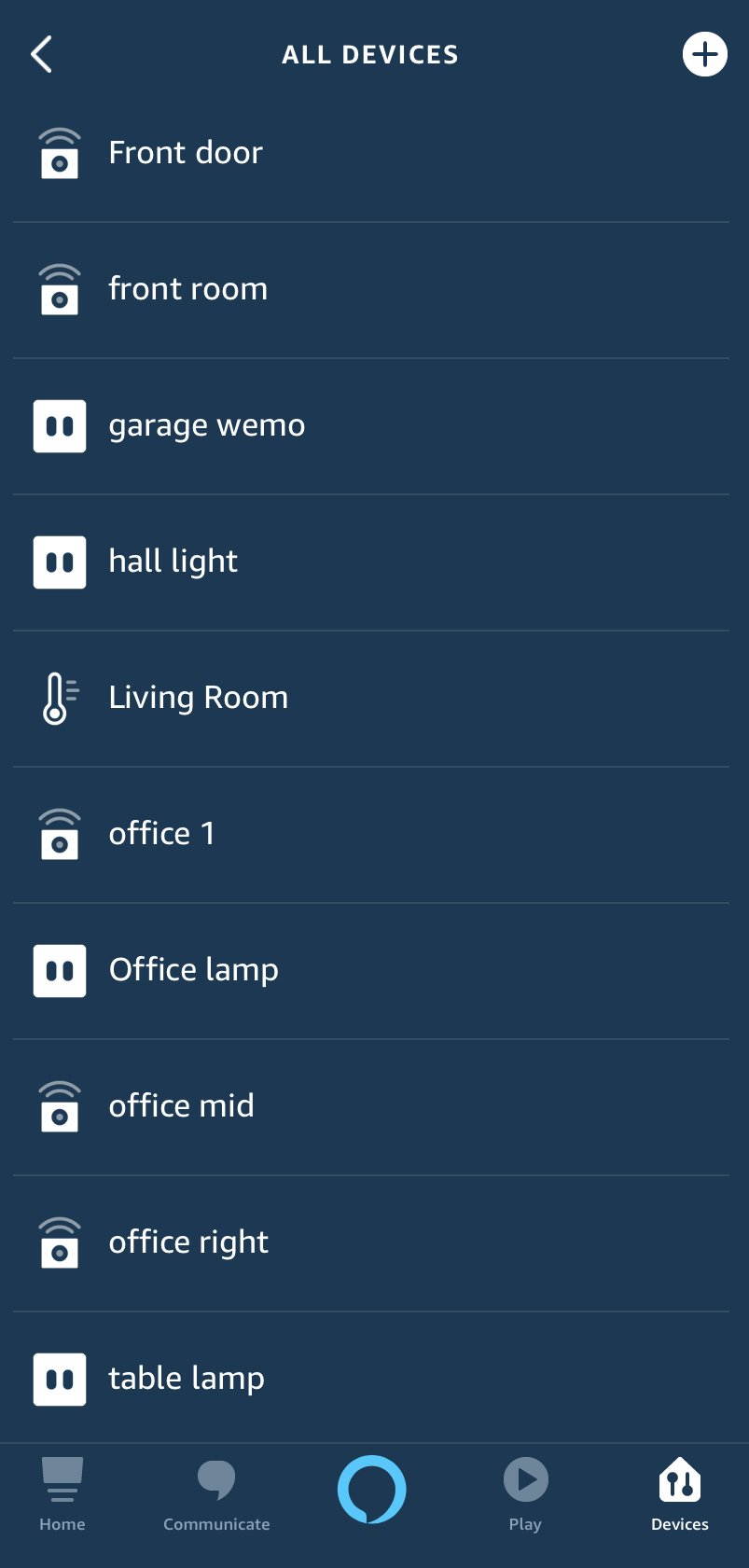
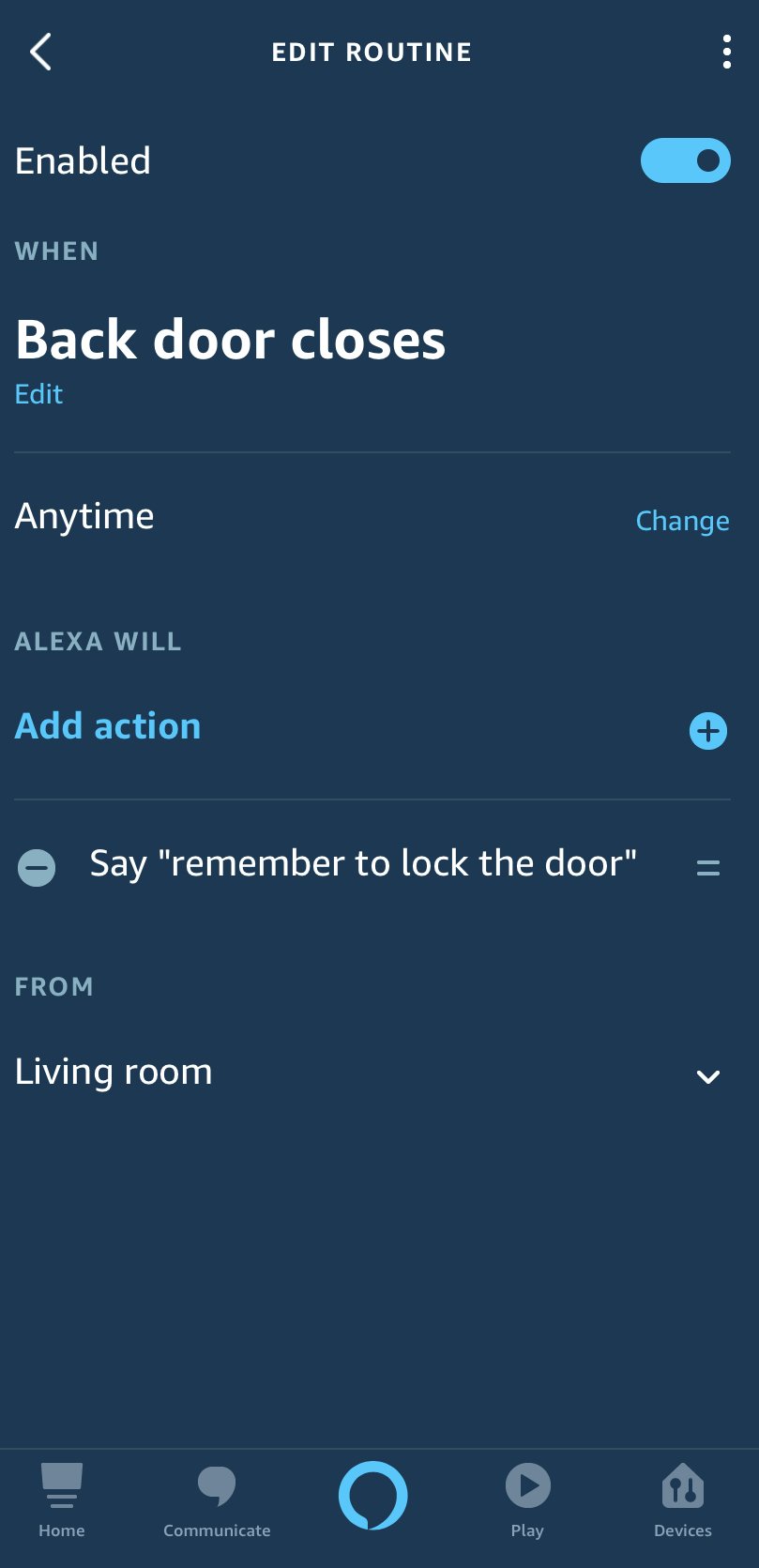
Aucun commentaire:
Enregistrer un commentaire